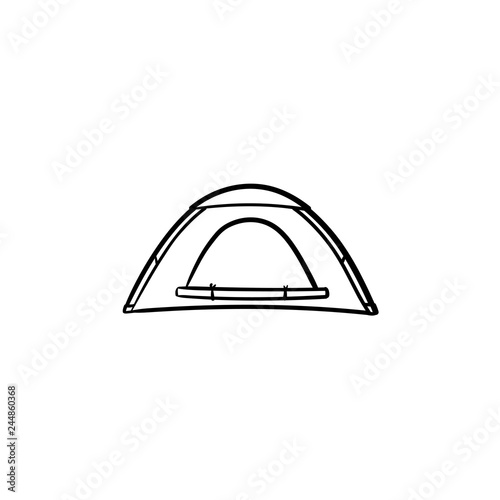Stories From The Field Living In Different Sized Tents
Just how to Maintain and Change a Range JackA stove jack is a need for safe outdoor tents range usage, keeping everything from chilly air to fire coal out of your canvas tent. However, incorrectly fitting one can cause outdoor tents fires and carbon monoxide gas poisoning, so it's important to understand the most common errors campers make when setting up oven jacks prior to camping!
Replacement
An oven jack is one of one of the most important items of tent outdoor camping tools. Not only do they maintain the smoke out of your tent, yet they also stop a variety of security hazards including outdoor tents fires and carbon monoxide poisoning. Yet, it's very easy to make mistakes in sizing and setting up a cooktop jack. Thankfully, by recognizing some of one of the most usual camper errors you can discover to prevent them and ensure your range jack is appropriately fitted to your tent for risk-free, comfy camping. Continue reading to learn more.
What Is a Camping Tent Cooktop Jack?
Essentially, an oven jack is an opening that sits in the floor of your outdoor tents to suit your camp range's smokeshaft pipeline. It's crucial for keeping every little thing from cold air to rain and snow out of your camping tent.
Examination
When properly sized and set up, an oven jack is tent the most effective way to safely vent your wood-burning camping tent cooktop while keeping cold air, rain, snow, bugs, and creosote from entering your wall camping tent. Yet many campers have problem with the installation process, and an oven jack that isn't fitted appropriately can be unsafe. Stove jacks need to be positioned at a risk-free range from the outdoor tents wall surfaces, and the opening should be centered to offer an also spread out of warmth throughout the inside. In addition, a gap between the range pipe and flue pipe is a fire danger, and can permit carbon monoxide gas to enter your home. A WETT examination from a certified specialist is vital for your security, and lots of insurance policy carriers need it prior to offering coverage.
A WETT inspection checks for prospective fire threats, carbon monoxide gas poisoning threats, and architectural damages. It adheres to rigorous standards established by the Timber Power Innovation Transfer (WETT) company to keep Canadians risk-free and effective with their wood-burning home appliances.
